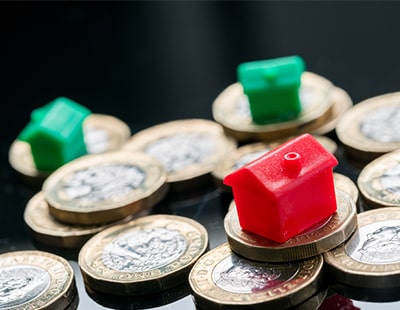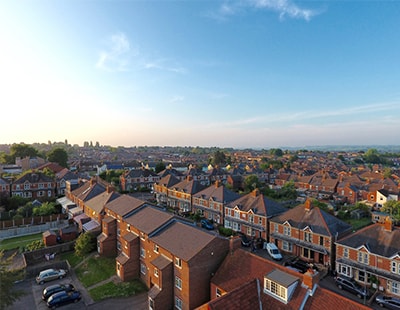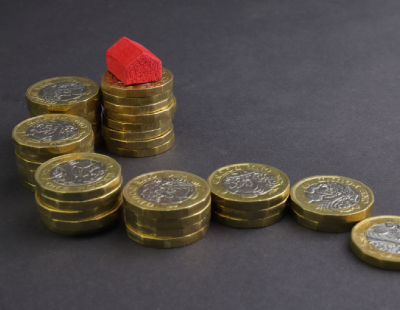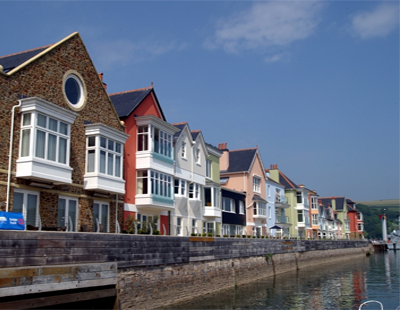More money was spent in the housing market in England and Wales in the year to March than any 12-month period since before the global financial crisis, analysis from Knight Frank shows.
The increase underlines the extent to which the UK property market has bounced back from the pandemic, underlined in a record month for transactions in March 2021 ahead of a stamp duty holiday deadline that was extended until June.
The analysis shows some £274.8 billion was spent over the 12-month period – 8.1% higher than the £254.1 billion spent in the year to March 2020, the month of the first UK national lockdown.
The last time total spend over a 12-month period was higher was in November 2007.
The figures are calculated by multiplying the number of monthly transactions registered with HMRC by the average house price in the same month.
Demand has sprung back since the pandemic as people have reassessed how and where they live, a trend that has benefitted locations with more space and greenery. The Bank of England has also estimated that people have saved £203 billion over the course of the pandemic.
March 2021 was also the highest month for total spend in England and Wales since records began in 1995, the estimate shows. A total of £42.8 billion surpassed the second-highest figure of £34.3 billion recorded in March 2016, ahead of the introduction of a 3% stamp duty surcharge.
However, the study highlights total annual spending did not reach the peaks seen in 2006 and 2007. Although house prices were lower during these two years, sales numbers were higher. Annual housing completions in England and Wales surpassed 1.3 million during the period, which was marked by lower transaction costs.
The highest total spent over a 12-month period was £278.9 billion in August 2007, a year when 1.52 million transactions took place.
By comparison, a total of 1.06 million sales took place in England and Wales in the year to March 2021. The figure was 1.6% higher than the previous year, which is another increase few would have predicted at the start of the pandemic. The last time the annual number of transactions was higher was in May 2019.
However, the extent of the recovery has led to concerns over house price inflation. The UK inflation rate more than doubled to 1.5% in April from March, which Knight Frank says was primarily driven by higher energy prices.
Average UK house prices increased 10.2% in the year to March, according to the ONS. Meanwhile, Nationwide reported a monthly rise of 2.1% in April – the largest increase since 2004.
Simply put, the pandemic caused a supply shortage by curbing the usual post-Christmas spike in listings due to uncertainty over new Covid variants, the constraints of home-schooling and concern that the original March stamp duty holiday deadline would be missed.
Commenting on the findings, Tom Bill, head of UK residential research at Knight Frank, says: “This shows what happens to certain parts of the economy when you press the pause button. As we have seen in other sectors, a lull has been followed by a robust period of recovery, the shape of which can best be described as a jagged ‘V’.”









.png)










Join the conversation
Be the first to comment (please use the comment box below)
Please login to comment